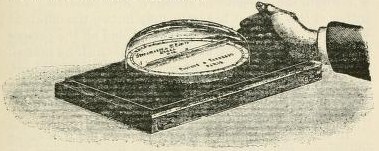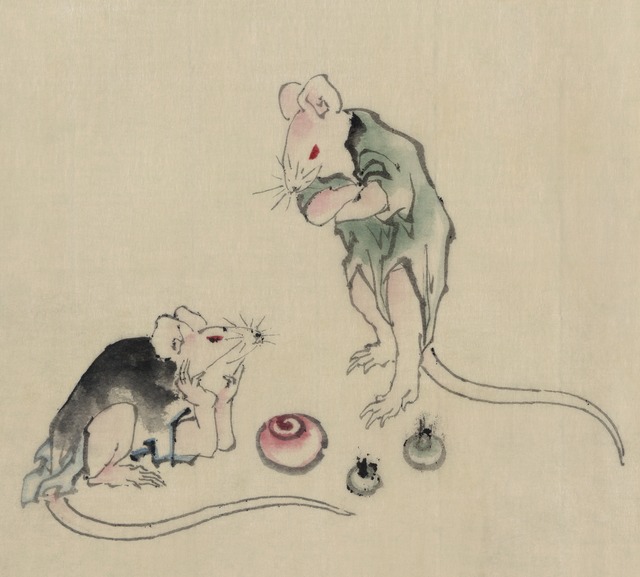I’ve got a bunch of tabs open. Among them are three of my favorite Substacks. I’ll go through each one, break it down, and find something to steal.
My philosophy: Substack is a platform I’m really interested in, but not one I’ve rocked with extensively. I want to start before I feel ready (I think that’s a necessary skill in creative life), but I also want to make something I’m proud of. I’m a firm believer that you should work in a format you love and have opinions about. So let’s do our research before blitzing into something I end up not liking very much. (Although — I think I’ve picked out the name and topic. But that’s for a future post.)
Also, this isn’t going to be in any kind of review or critical format. I highly recommend you check out each of these.
Genre: Cultural criticism
Posts: ~1 month
Length: One idea, 1500-3000 words
internet princess is probably my favorite longform newsletter. I’m a magpie, my creative life is usually just scavenging for shiny things to steal. One thing that’s impossible to steal: someone’s original ideas developed through thoughtful observation. In other words, Rayne Fisher-Quann is extremely talented and I don’t believe that infinite bloggers on infinite typewriters could reproduce her work.
Her personal approach to writing inspires me, and that’s something I feel like I can adopt for myself. I’ve often wished I could steal her TikTok bio — “bringing blogging back.” Actually, I think it’s what inspired me to start this very blog. She writes in conversation with her readership, centers her personality in her writing, and doesn’t let herself be dominated by one Draconian rule. She wanders. She also describes the space as her “blog/newsletter/community hub” which I love, although I’m not sure I need a hub until I have spokes.
Also, I’m pretty sure she uses the default Substack layout, which thank GOD I don’t have to make things harder on myself.
Genre: Internet culture
Posts: Monday, Wednesday, and Friday (and some weekends I think?)
Length: 5-10 ideas, one ~1,000 word and the rest 100-300 words
By the way — I really hope rendering length into word count isn’t super duper reductive. The ideas are obviously the most important in all of these, but word count helps me conceptualize time.
Which, jeez louise I don’t know how you turn out this kind of word count at this kind of quality three days a week. There’s a depth of knowledge in Garbage Day that I think just comes with doing this for a long time and having a lot of familiarity.
Also, something Travis McElroy said about podcasting applies: A lasting creative project should focus on a conversation you’re already having. Ryan Broderick pulls all sorts of examples, but I get the sense they’re things he’s finding in his life already. He just then gets to write about them. Which is super cool.
I don’t think this kind of quantity fits into my life right now — the posting rate or the post length — but I love the brisk format. I also love the “stray links” at the bottom.
Genre: Creativity
Posts: Tuesday and Friday
Length: A 10 item list
Austin Kleon shapes a lot of my creative life these days. Specifically looking at his Substack though, I love a good numbered list (not a “7 wacky war crimes committed by Leos,” I mean like actually just a bulleted list of things) and I love a breezy read.
Looking at how his Substack fits into his larger writing life, I love that he repurposes the lists for his daily blog. Efficiency!
Last thing: I really admire artists who lead with their name. I worry so much that people won’t find “Dayten Rose” because it’s not spelled “Dayton.” Or they won’t know what it’s about. But it’s my blog! It’s about me!
I had a longer version of this in the chamber, but honestly I think I hit diminishing returns trying to write extensively about everything I read.
- Perfectly Imperfect — great newsletter! But I know I’m not angling at the interview format.
- The Art of Noticing — comes highly recommended, I just haven’t gotten around to reading as much of it as I’d like.
- The Honest Broker — from a writer with such extensive pedigree that I would collapse in on myself if I even thought to compare my work to his!
So, I’m left with these three. And they’re a really good three! I’m just not sure what they tell me. A personality-forward blog for essay-length writing on a topic I already enjoy, which includes numbered lists? A default Substack with my name attached? Probably all of these ideas will feature. Artists, like carpenters and comedians, build with material external to themselves. These three platforms inspire me, but it’s going to be impossible for me to create something that isn’t a combination of everything I’ve consumed and made a part of myself so far.
Pretty soon I’ll have something a little less abstract to show you. However I choose to describe it, I hope you’ll treat it well, because it’s me.



